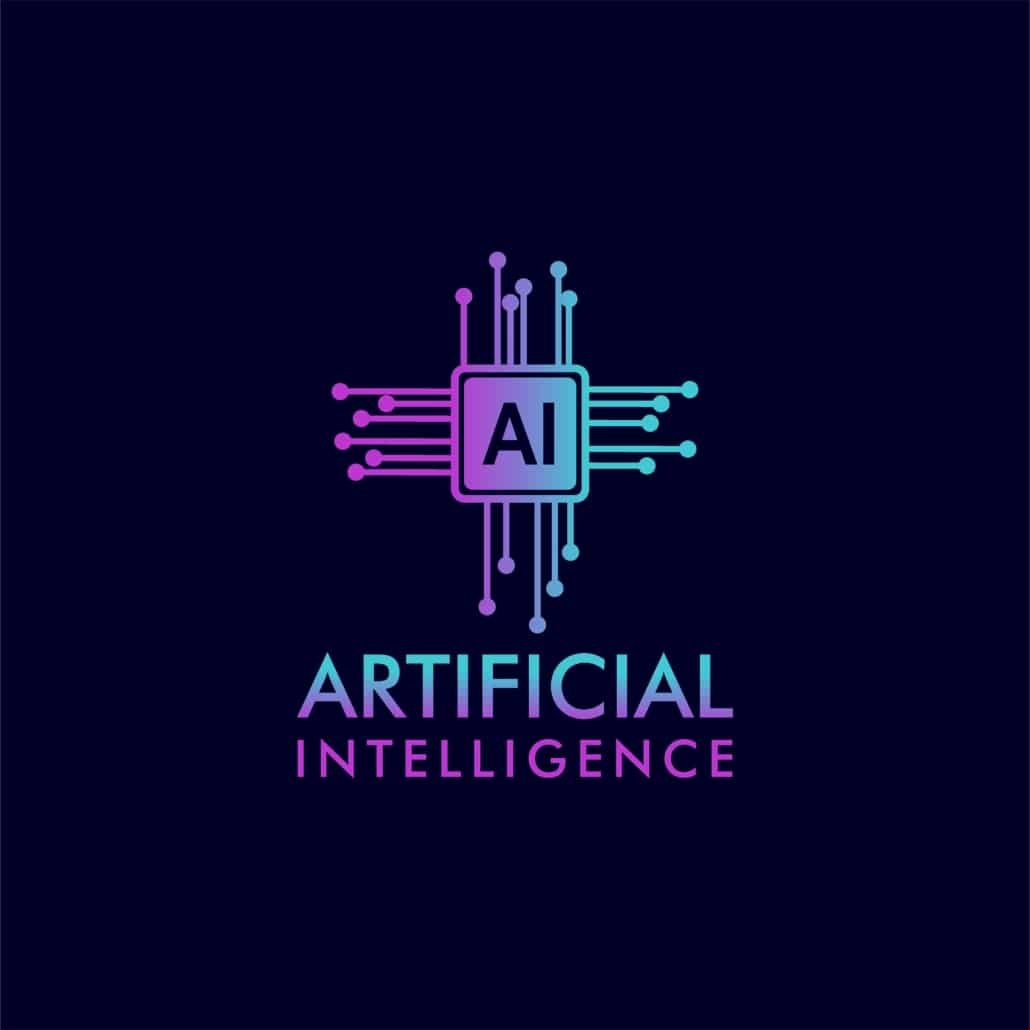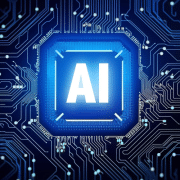Future Of AI Vs Human Logo Designer
To create visually appealing and meaningful experiences, human-powered design uses
designers’ intuition, empathy, and imagination rather than predetermined algorithms. On the
other hand, AI-driven design is an automated design process that uses algorithms and data-
driven methods to produce designs more quickly and efficiently.
The future of design sees a fresh take on an old argument: the merits of human interaction vs.
technological automation. But now that AI and ML are here to stay, everyone wonders if
machines will eventually replace humans as the source of all creative output.
Technology has been predicted to eliminate employment in the coming years, especially in
the service industries. These occupations are typical of the “blue-collar” sector and require
regular, monotonous physical labor. Many artists, though, assumed their fields would remain
unscathed by technological advancements. The work of a designer, after all, is rarely routine.
However, computers have yet to prove themselves when it comes to design.

The Road Leading Here
AI’s capabilities, as described, are the consequence of significant advancement over the past
few decades, fueled by new types of computation models, larger amounts of training data,
and faster computers.
Computer pioneer Alan Turing asked, “Can machines think?” 1950. Attempts to program
computers with human knowledge through declarative rules met with early resistance due to
the prevalence of implicit norms in everyday life.
Knowledge-feeding strategies like the one described above gave way to a data-driven
approach in the 1990s. Using neural network topologies similar to the human brain, scientists
have developed algorithms that allow computers to learn from massive datasets. This
transition has sped up development, leading to innovations like Google Brain’s deep neural
network learning to discover and categorize objects and IBM’s Deep Blue beating the world
chess champion in 1997.
Implications for the Present
There are currently six steps that designers and clients go through jointly to arrive at a
finished website. Using the term “client” interchangeably for external customers and internal
teams working together on website development is common practice.
Forming
Here, human designers are responsible for the following tasks:
Learn about the specific design context to provide the best design solution.
Learn from others’ experiences and viewpoints to generate original approaches to
design.
Bring together the goals of all involved with the overall design concept.
Modern web developers rely on various AI software to accomplish those above. However, AI
systems like ChatGPT can only provide broad guidance regarding functional differentiation.
As a result, they disregard the feelings of actual people, who are the inspiration for any good
design.
Defining
To effectively plan future projects, designers must learn to utilize AI systems this way. It
considers both organizational needs and the end user’s wants when gathering data.
Artificial intelligence (AI) technologies like ChatGPT provide faster answers than humans.
Artificial intelligence systems analyze large amounts of digital data to recommend
improvements to existing designs. It can digest information more quickly and accurately than
humans can.
Ideating
In this stage, designers engage in mental “brainstorming” to develop fresh concepts. To create
novel ideas that meet the needs of their clients, many designers rely on their past work. One
way in which AI has already had an impact on the design profession is through the usage of
AI systems to help designers come up with new concepts. Unsurprisingly, developers are
increasingly turning to UI and UX design tools.
Socializing
After preliminary sketches have been completed, designers consider input from both the
client and the final consumers. Designers frequently rely on their gut feelings when deciding
which concept is the best. Today’s designers use many resources to forge a unique perspective
that integrates the best of human ingenuity and artificial intelligence. AI uses attention data
and existing data design models to sort ideas.
Implementing
After all necessary components have been developed, the design is complete. AI systems can
aid this process. Design implementations can be fine-tuned with the help of AI tools through
continual reviews. Using the current codebase, AI automatically allows designers to generate
UI or UX development codes with full syntaxes.
We’ll dissect the five phases of the web design process and analyze the steps to see how AI
affects each one.

Designing with AI: Pros and Cons
The following are some advantages graphic artists can reap if they take advantage of AI-
driven design tools:
Pros
Customized Information
It’s difficult for human creators to keep up with the pace at which AI can develop and update
creative material. Artificial intelligence (AI) uses customer behavior data metrics to provide
timely and commercially viable designs. Useful for narrowing in on specific global
demographics.
Changes in the Making
The AI-assisted design process produces several iterations based on the initial concept.
Artificial intelligence (AI) grows a variety of data-driven design options. That way, the
designer can make as many distinct iterations as he likes.
Quick and precise
Without question, AI systems offer faster and more precise design solutions than humans. It
can gather, examine, and interpret massive amounts of data in minutes. In addition, there is
zero room for error.
Cons
Lack of the Ability to Feel Empathy
Artificial intelligence’s purpose in the design process is to enhance precision, accelerate
progress, and introduce new elements. Artificial intelligence (AI) lacks a human’s raw
emotional comprehension and empathy capacity. Naturally, it needs to communicate the
design’s intended meaning.
Not Very Creative
Human creativity centers mostly on designers’ capacity to generate novel design settings.
Since AI always uses stored data sets to develop variants, humans cannot give originality.
Artificial intelligence is out of the reach of non-technical users.
Tools and technology are used in human-centered and AI design, but AI is quite technical.
Web designers need a strong technical background to use AI tools fully.
A Peek Into The Future
It’s common knowledge that designers have been among the first to see the possibilities of
technological advancements in the design field and use them to their advantage in creating
groundbreaking new work. It is not unrealistic to assume that AI will cause a creative shift in
the 21st century, just as the rise of the printing press in the late 15th century inspired scribe
artists, textile machines in the 19th century inspired artisans, and photo-editing software in
the 2000s inspired darkroom artists to change their focus.
The later stages of the web design process are the most amenable to automation as we
evaluate the possibility of AI taking on various duties throughout the design process.
Therefore, successful designers will focus on the preliminary stages to distinguish themselves
from the easily replaceable ones.




Leave a Reply
Want to join the discussion?Feel free to contribute!